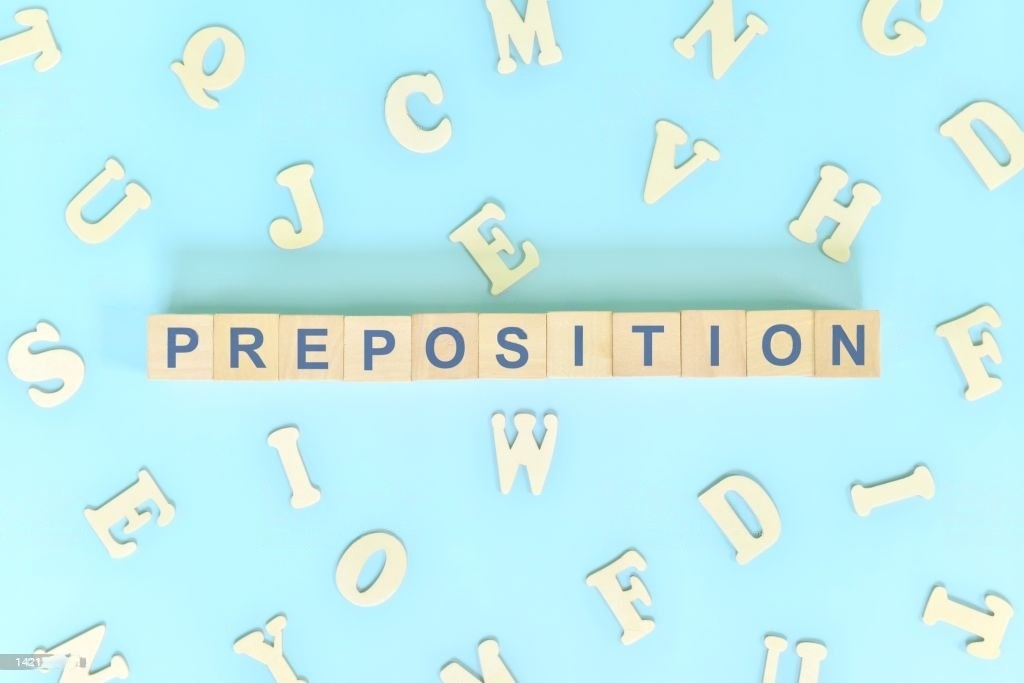Understanding the concepts of French active and passive voices is crucial for effective communication in any language. In French, verb conjugations can be expressed in either the active voice (when the subject performs the action) or the passive voice (when the subject receives the action). In this blog post, we will explore the differences between active and passive voices in French verb conjugations, provide numerous examples, and highlight any exception rules that may apply.
Active Voice:
In the active voice, the subject of the sentence performs the action indicated by the verb. Let’s consider an example using the verb “aimer” (to love) in the active voice:
Example:
Subject (Je) + Verb (aimer) + Object (la musique) Je aime la musique. (I love music.)
Note: In the active voice, the conjugation of the verb remains consistent with the subject pronoun.
Passive Voice:
In the passive voice, the subject of the sentence receives the action rather than performing it. To construct the passive voice in French, the auxiliary verb “être” (to be) is combined with the past participle of the main verb. The subject is generally preceded by the preposition “par” (by). Consider the following example:
Example:
Subject (La musique) + Auxiliary verb (être) + Past participle (aimée) + Preposition (par) + Agent (moi) La musique est aimée par moi. (Music is loved by me.)
Note: In the passive voice, the past participle of the verb agrees in gender and number with the subject.
Exception Rules:
Reflexive Verbs:
When using reflexive verbs in the passive voice, the reflexive pronoun “se” changes to “se” or “s'” depending on the following sound. Here’s an example with the reflexive verb “se laver” (to wash oneself):
Example:
Active Voice: Je me lave. (I wash myself.)
Passive Voice: Je suis lavé(e). (I am washed.)
Impersonal Verbs:
Impersonal verbs, such as “il faut” (it is necessary) or “il est interdit” (it is forbidden), cannot be conjugated in the passive voice. They always remain in the active voice.
Example:
Active Voice: Il faut nettoyer la chambre. (It is necessary to clean the room.)
Passive Voice: N/A (The passive voice is not applicable here.)
Verbs with Two Objects:
Verbs that can take both a direct and an indirect object, such as “donner” (to give), can be conjugated in the passive voice using either object. However, when the indirect object becomes the subject in the passive voice, the preposition “à” is used instead of “par.”
Now lets explore some more examples for a better understanding.
Active Voice Examples:
- Je parle français. (I speak French.)
- Tu manges une pomme. (You eat an apple.)
- Il lit un livre intéressant. (He reads an interesting book.)
- Elle joue du piano. (She plays the piano.)
- Nous regardons un film. (We watch a movie.)
- Vous chantez bien. (You sing well.)
- Ils étudient pour l’examen. (They study for the exam.)
- Elles dansent dans la salle. (They dance in the room.)
Passive Voice Examples:
- Le français est parlé par moi. (French is spoken by me.)
- Une pomme est mangée par toi. (An apple is eaten by you.)
- Un livre intéressant est lu par lui. (An interesting book is read by him.)
- Le piano est joué par elle. (The piano is played by her.)
- Un film est regardé par nous. (A movie is watched by us.)
- Bien chanté par vous. (Well sung by you.)
- L’examen est étudié par eux. (The exam is studied by them.)
- La salle est dansée par elles. (The room is danced in by them.)
Exercises on French Active and Passive Voices:
Alors! Lets have a look at the below exercises:
- Active: Mon père _______ (construit) la maison.
- Passive: La maison _______ (est construite) par mon père.
- Active: Ma sœur _______ (arrose) les fleurs.
- Passive: Les fleurs _______ (sont arrosées) par ma sœur.
- Active: Ma mère _______ (emballe) les cadeaux.
- Passive: Les cadeaux _______ (sont emballés) par ma mère.
- Active: La chanteuse _______ (interprète) la chanson.
- Passive: La chanson _______ (est interprétée) par la chanteuse.
- Active: Mon ami _______ (envoie) les invitations.
- Passive: Les invitations _______ (sont envoyées) par mon ami.
- Active: L’auteur célèbre _______ (écrit) le livre.
- Passive: Le livre _______ (est écrit) par l’auteur célèbre.
- Active: Le professeur _______ (corrige) les devoirs.
- Passive: Les devoirs _______ (sont corrigés) par le professeur.
- Active: Le cuisinier _______ (prépare) la pizza.
- Passive: La pizza _______ (est préparée) par le cuisinier.
- Active: Le photographe professionnel _______ (prend) les photos.
- Passive: Les photos _______ (sont prises) par le photographe professionnel.
- Active: L’employé _______ (rédige) le rapport.
- Passive: Le rapport _______ (est rédigé) par l’employé.
Note: In the active sentences, the blank spaces represent the conjugated form of the verb in the active voice. In the passive sentences, the blank spaces represent the past participle form of the verb in the passive voice, which needs to agree in gender and number with the subject.
Answers:
- Active: Mon père construit la maison.
- Passive: La maison est construite par mon père.
- Active: Ma sœur arrose les fleurs.
- Passive: Les fleurs sont arrosées par ma sœur.
- Active: Ma mère emballe les cadeaux.
- Passive: Les cadeaux sont emballés par ma mère.
- Active: La chanteuse interprète la chanson.
- Passive: La chanson est interprétée par la chanteuse.
- Active: Mon ami envoie les invitations.
- Passive: Les invitations sont envoyées par mon ami.
- Active: L’auteur célèbre écrit le livre.
- Passive: Le livre est écrit par l’auteur célèbre.
- Active: Le professeur corrige les devoirs.
- Passive: Les devoirs sont corrigés par le professeur.
- Active: Le cuisinier prépare la pizza.
- Passive: La pizza est préparée par le cuisinier.
- Active: Le photographe professionnel prend les photos.
- Passive: Les photos sont prises par le photographe professionnel.
- Active: L’employé rédige le rapport.
- Passive: Le rapport est rédigé par l’employé.
Conclusion:
Mastering the active and passive voices in French verb conjugations adds depth and versatility to your language skills. In the active voice, the subject performs the action, while in the passive voice, the subject receives the action. By understanding the formation of the passive voice using the auxiliary verb “être” and the past participle, you can accurately express actions done to or received by the subject. Remember the exception rules for reflexive verbs, impersonal verbs, and verbs with two objects. Practice and exposure to various sentence structures will enhance your fluency and comprehension of active and passive voices in French. Bonne chance! (Good luck!)
Do check out my previous post on French prepositions of place here!
My works
P.S. Are French verb conjugations nightmarishly hard for you? Or you are someone who like to learn them and practice to perfect your French? Regardless, I have written this book to help fellow learners own French conjugations like a boss!

Here I have:
- Curated a list of 100 most common French verbs with their English meanings
- 10 conjugation forms for each verb
- 200 exercises for you to practice the conjugations you will learn
- 100 beautiful French idioms to impress your crowd.
I really hope you find this book useful and use it whenever you have to quickly revise a bit of verb conjugations

A French Bullet Agenda to help you continue your passion of the language!
I have also created a bilingual bullet agenda to help you with your linguistic journey:). You will be able to jot down:
- Important events
- Monthly weekly objectives
- Practice gratitude
- Your thoughts and priorities
- And even practice French verb conjugations 🙂
Below is a glimpse of the journal interior. I really hope it helps you in your day-to-day life from both the language and personal perspectives! 🙂











Pingback: Important French Vocabulary For Family & Friends to enrich your repertoire! - Speak French like a French!